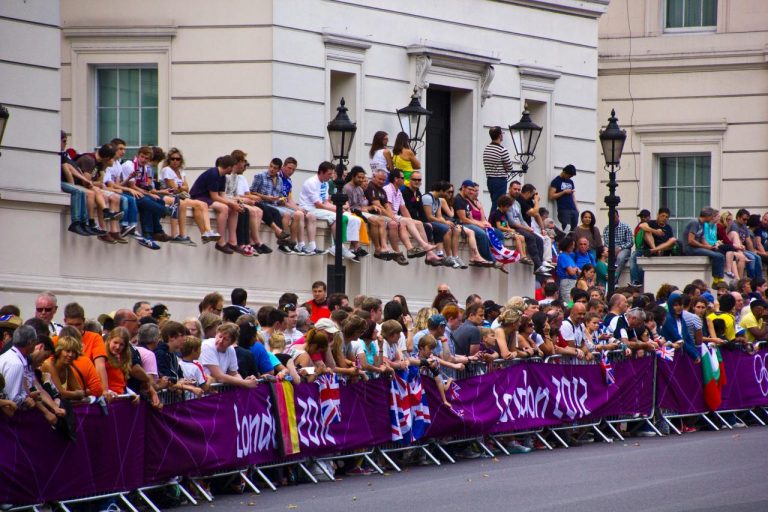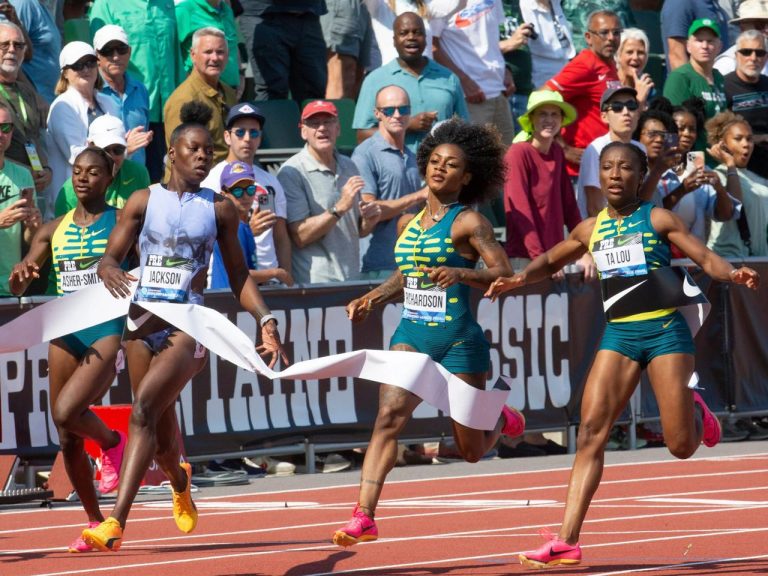- 3470 Wilshire Blvd, Floor 9, Los Angeles, California, 90010, USA
- [email protected]
Brits Racing in Responsive New Terrashoe: A Game Changer for Competitive Running

British runners are lacing up something extraordinary: the new Terrashoe, a high-tech, ultra-responsive footwear innovation that’s already shaking up the racing scene. Designed to adapt to the terrain and the runner’s unique stride in real-time, this shoe is being hailed as a game changer not just for elite athletes, but for everyday runners looking to maximize performance.
From the rolling hills of the Lake District to the fast flats of city marathons, British athletes are putting the Terrashoe to the test—and the results are impressive.
The Tech Behind the Terrashoe

At the heart of the Terrashoe is a smart adaptive sole that uses micro-sensors and shape-memory materials to react to terrain shifts and runner movement in milliseconds. Whether transitioning from gravel to tarmac or adjusting mid-stride during a downhill sprint, the Terrashoe modifies its cushioning and grip accordingly.
It’s like having a custom-tailored shoe for every moment of the race.
British Olympic hopefuls and amateur runners alike have praised its comfort, energy return, and, most importantly, the sense of control it gives over unpredictable terrain. For a nation that trains across everything from muddy trails to cobbled streets, the Terrashoe’s flexibility and responsiveness are proving invaluable.
Changing the Game—Literally

Veteran coach and biomechanics specialist Dr. Sarah Ellison, based in Manchester, calls the Terrashoe “the most significant leap in performance footwear in the past decade.”
“What sets it apart is its intuitive design,” Ellison explains. “It doesn’t just support the foot; it communicates with it. That’s what makes it revolutionary.”
Racers report a reduction in ankle and knee strain due to the shoe’s real-time response to impact forces and ground changes. Injury prevention is a major concern in high-intensity sports, and the Terrashoe seems poised to offer not just improved performance but better long-term health for runners.
British Runners Leading the Charge

Since its quiet debut at the Sheffield Winter Trail Series earlier this year, the Terrashoe has been turning heads. British ultra-runner Jamie Connors won the brutal Pennine Challenge 50K wearing a prototype pair and credits his win in part to the shoe’s grip and mid-race adaptability.
“I’ve never felt anything like it,” Connors said post-race. “Usually, I switch out shoes depending on the terrain, but this handled everything—wet grass, sharp stone, loose mud. It was like having six different pairs of shoes at once.”
Elite triathlete Aisha Clarke has also adopted the Terrashoe in her training and sees it as a key asset heading into the European Championships. “In triathlon, your feet take a pounding. Transitions are tough. But these shoes are so reactive they give you energy back when you need it most. It’s like having a secret weapon.”
Impact on Amateur Runners

It’s not just the elites who are excited. Clubs across the UK—from Bristol to Newcastle—are seeing weekend runners clocking better times and reporting less post-run fatigue.
Chris Wainwright, leader of the Battersea Striders club in London, says the buzz is real. “We’ve had members shave entire minutes off their 10Ks just by switching to the Terrashoe. One guy told me he felt like he was ‘floating’ during hill repeats. That never happens.”
The shoe’s smart technology isn’t just reactive; it also collects stride and pressure data that runners can sync with their phones post-run. This opens up a new frontier in self-analysis for those who take their training seriously.
Environmental Consciousness

And it’s not all about speed. The Terrashoe’s developers, a UK-based startup called FluxMotion Labs, designed the shoe with sustainability in mind. The midsole foam is partially plant-based, and the outer shell is made with recycled polymers. Even the energy cells powering the adaptive tech are designed to be replaceable, not disposable.
This commitment to performance and sustainability has earned the Terrashoe accolades from environmental groups and innovation awards alike.
What’s Next?
As demand soars, FluxMotion Labs is preparing for a full commercial release across the UK and parts of Europe this summer. With a price tag estimated around £220, it’s definitely a premium product—but early adopters argue it’s worth every penny.
“The cost of replacing three different pairs of shoes plus an injury-prevention physio session? Way more than this,” one London runner posted online. “This thing pays for itself.”
FluxMotion has also hinted at a future app update that will allow runners to manually tweak shoe responsiveness for different runs, offering an even more customizable experience.
Final Stride
In a sport where every second counts and every step matters, the Terrashoe might be the edge British runners have been waiting for. Combining cutting-edge tech, real-world usability, and an environmental conscience, it’s no surprise people are calling it a game changer.
So next time you see someone flying up a muddy trail or gliding through your local park’s gravel path—don’t be surprised if they’re doing it in a pair of Terrashoes.
This isn’t just the future of running. It’s here, and Brits are leading the charge.
